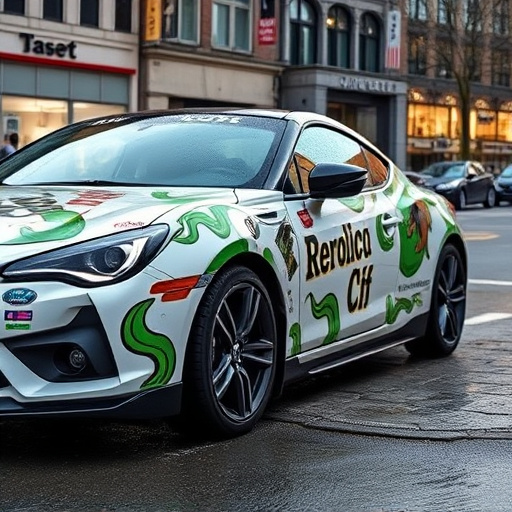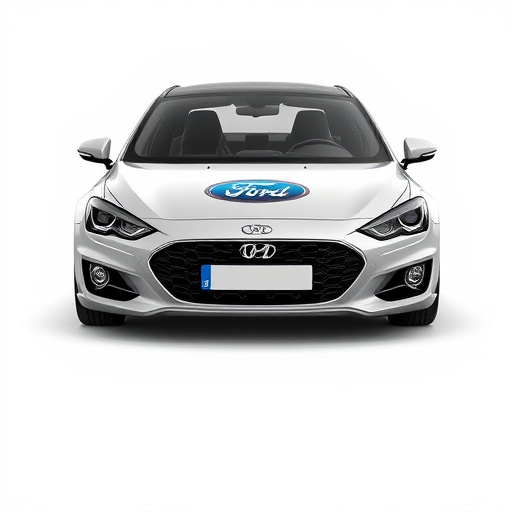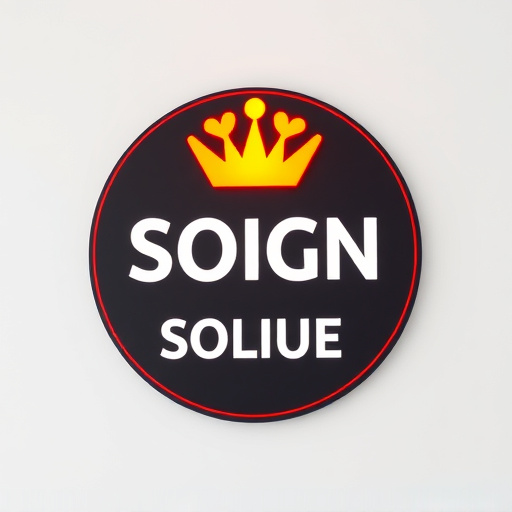Adhering to brand guidelines is crucial for designing effective storefront graphics, ensuring visual consistency and enhancing brand recognition. This involves precise use of approved color palettes, typography, and logo placement, while implementing protection methods like paint correction to maintain longevity and aesthetics. Regular maintenance ensures the vibrancy and distinctiveness of a brand's visual representation across all materials.
In today’s competitive retail landscape, impactful storefront graphics are essential to capture attention and reflect brand identity. However, ensuring these graphics comply with brand guidelines is crucial for maintaining a cohesive and professional image. This article delves into understanding brand guidelines for storefront designs, highlights essential visual elements, and shares best practices to maintain consistency across all touchpoints. By following these principles, businesses can leverage their storefronts as powerful marketing tools that resonate with their target audience.
- Understanding Brand Guidelines for Storefront Graphics
- Essential Elements of Compliant Storefront Designs
- Best Practices for Maintaining Visual Consistency
Understanding Brand Guidelines for Storefront Graphics

When designing storefront graphics, understanding your brand’s guidelines is paramount. Brand guidelines are a set of rules and specifications that define an organization’s visual identity, ensuring consistency across all marketing materials, including in-store displays. These guidelines cover various aspects such as color palettes, typography, imagery styles, and even logo usage – each element playing a crucial role in shaping the brand’s overall perception.
For instance, while creating eye-catching window graphics or signage, designers must adhere to the brand’s approved color schemes, ensuring they match the company’s primary and secondary colors accurately. Similarly, specific fonts and their applications are delineated to maintain a unified visual language. Moreover, guidelines for scratch protection and paint correction might be included to safeguard against physical damage and ensure that graphics remain pristine, reflecting the brand’s commitment to quality and aesthetics.
Essential Elements of Compliant Storefront Designs

When designing storefront graphics that align with brand guidelines, several essential elements come into play to ensure consistency and effective visual communication. First and foremost, maintaining a cohesive color palette is crucial. This includes using the brand’s specific colors accurately across all graphics, signs, and displays. Custom vehicle wraps, for instance, can showcase these branded colors while adding an element of car customization that captures attention.
Additionally, adhering to the brand’s typography is vital. Selecting fonts that match the brand’s style and applying them consistently in storefront graphics helps reinforce brand recognition. Even smaller details like logo placement and size should be precisely followed to maintain brand integrity. Furthermore, scratch protection for these graphics can enhance their longevity, ensuring that the visual appeal of your storefront remains pristine over time, much like a well-maintained car wrap.
Best Practices for Maintaining Visual Consistency

Maintaining visual consistency across all storefront graphics is a key aspect of brand recognition and professionalism. When designing or updating signage, it’s essential to stick to the brand’s approved color palettes, fonts, and imagery styles. This ensures that your storefront looks unified with other branded materials, creating a cohesive customer experience. A simple yet effective strategy is to create a style guide that outlines these specific design elements, making it easy for designers, printers, and installers to refer to.
Consistency doesn’t stop at the initial design. Regularly inspecting and maintaining storefront graphics is crucial. Over time, exposure to elements like sunlight and weather can cause fading or damage, especially in outdoor displays. Implementing a schedule for checking graphics and making necessary repairs or replacements ensures your brand remains distinct and visually appealing. Additionally, consider professional services such as paint correction and ceramic coating to enhance the longevity and vibrancy of your storefront graphics.
When it comes to storefront graphics, adhering to brand guidelines is paramount for creating a cohesive and recognizable customer experience. By understanding and implementing the essential elements discussed in this article—from visual consistency to best practices—business owners can ensure their storefront designs align with brand identity. This strategic approach not only enhances brand recognition but also fosters a strong connection between customers and the business, ultimately driving sales and fostering loyalty. Effective storefront graphics that comply with brand guidelines are a powerful tool for any retail operation aiming to stand out in today’s competitive market.














